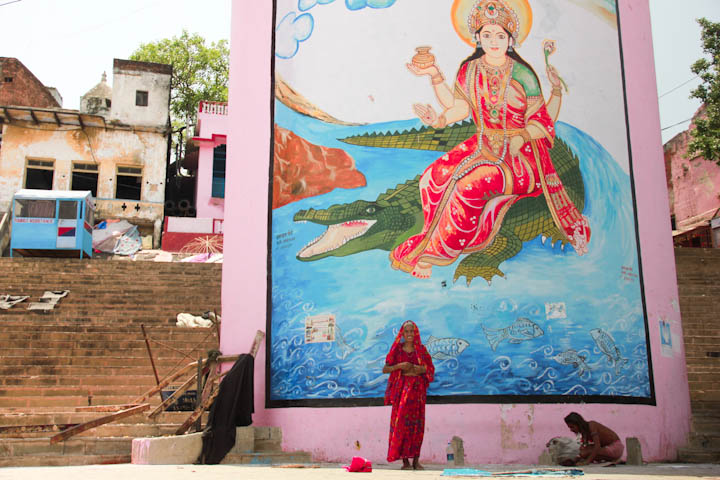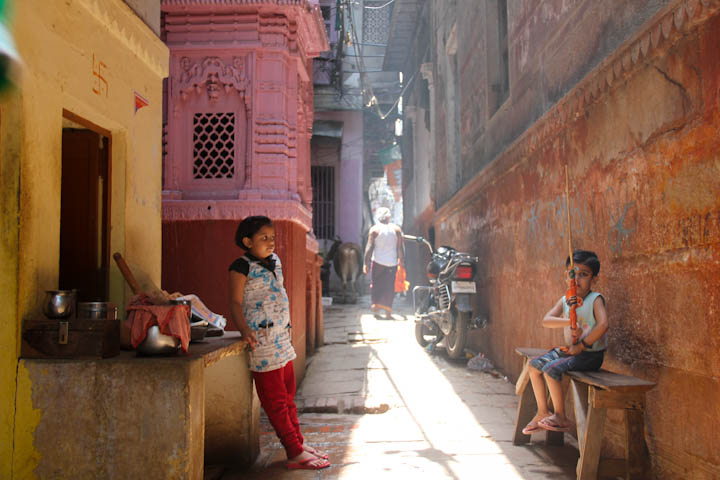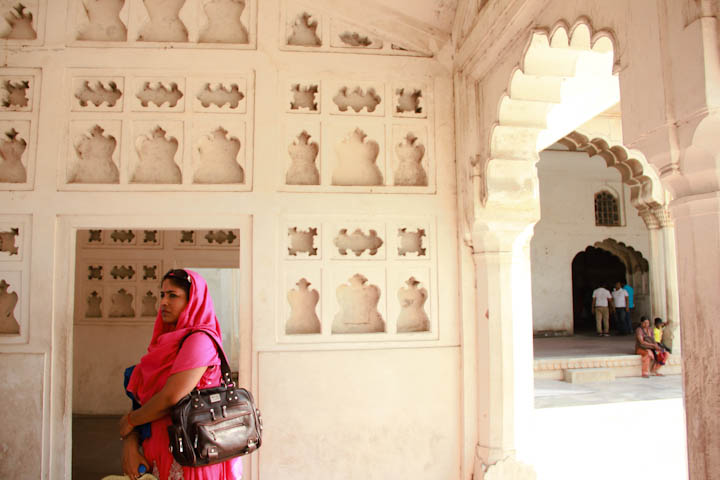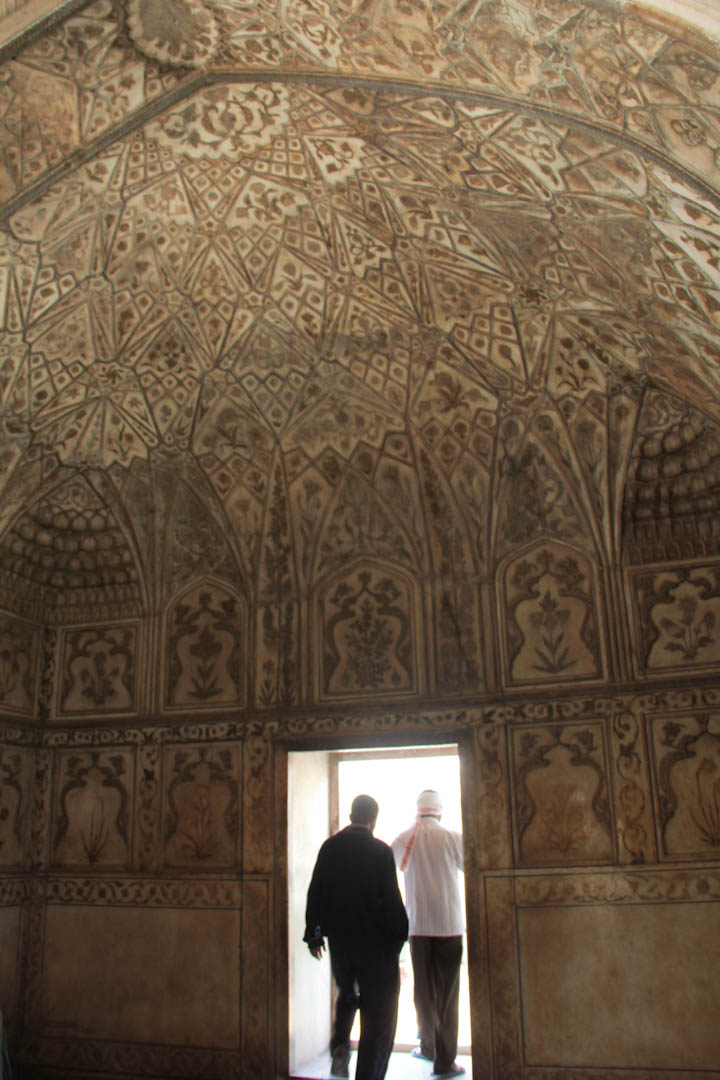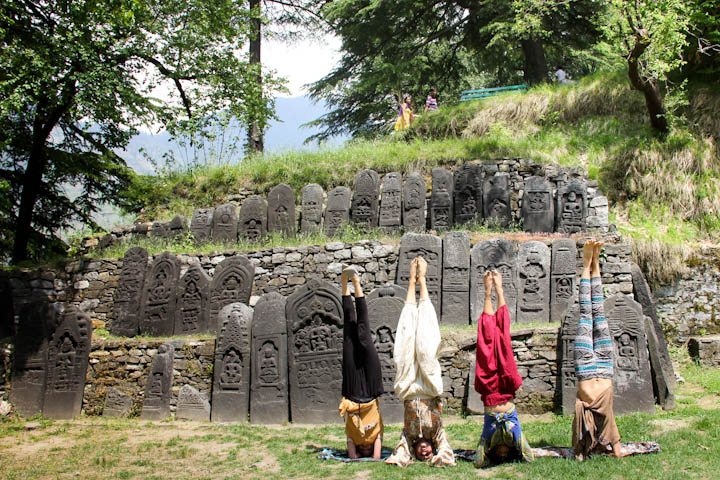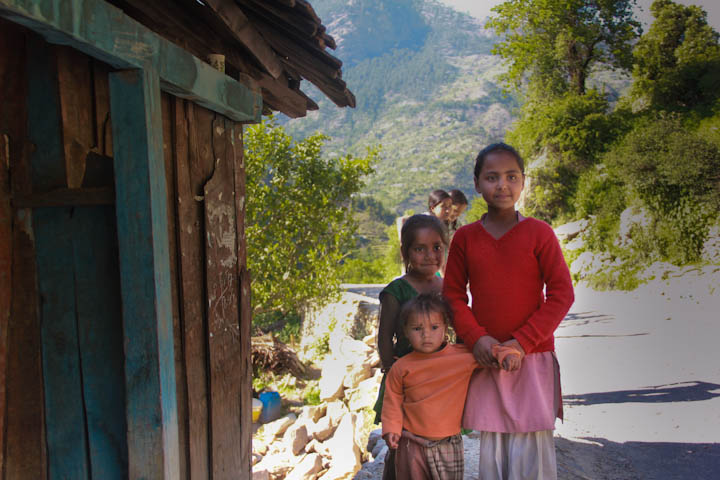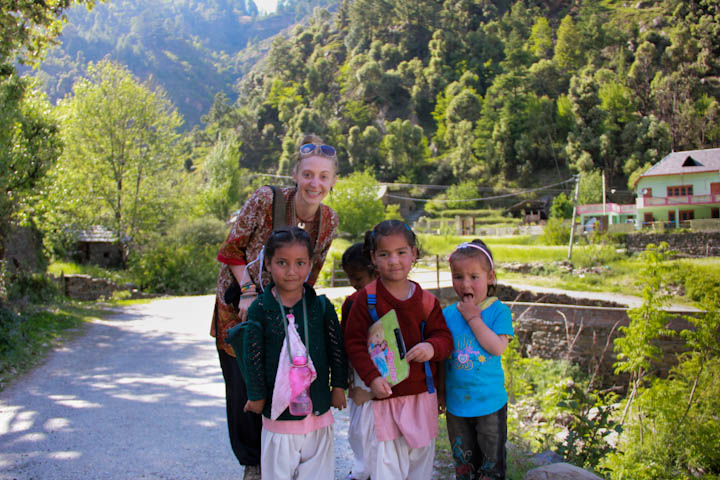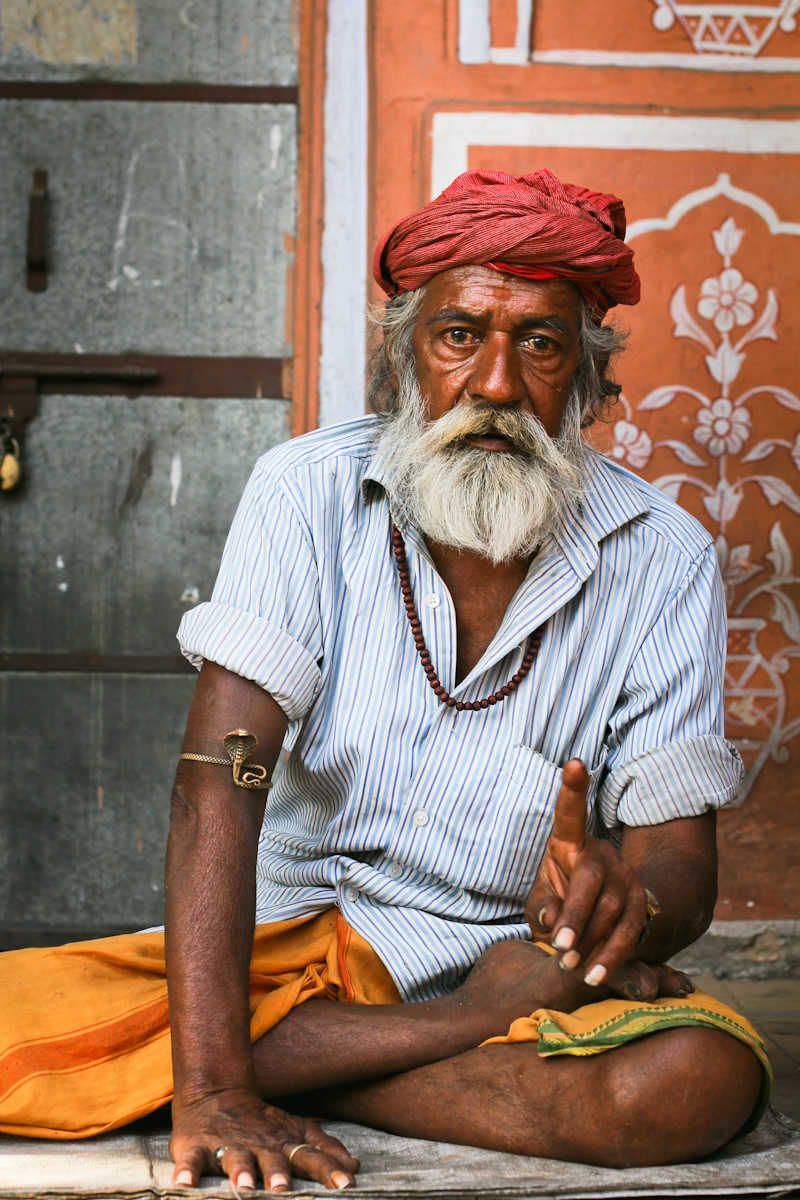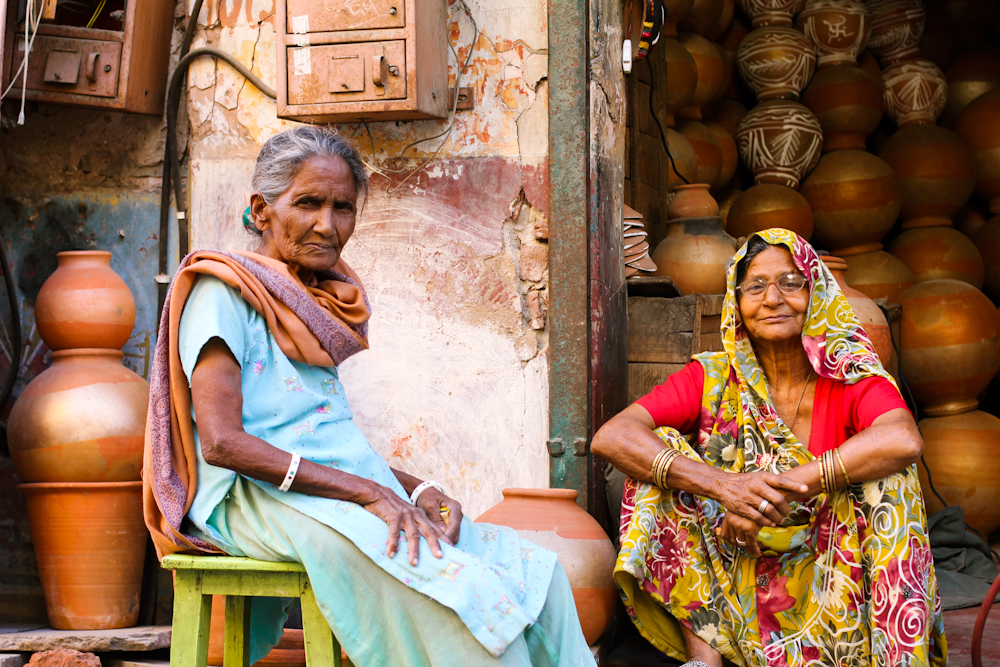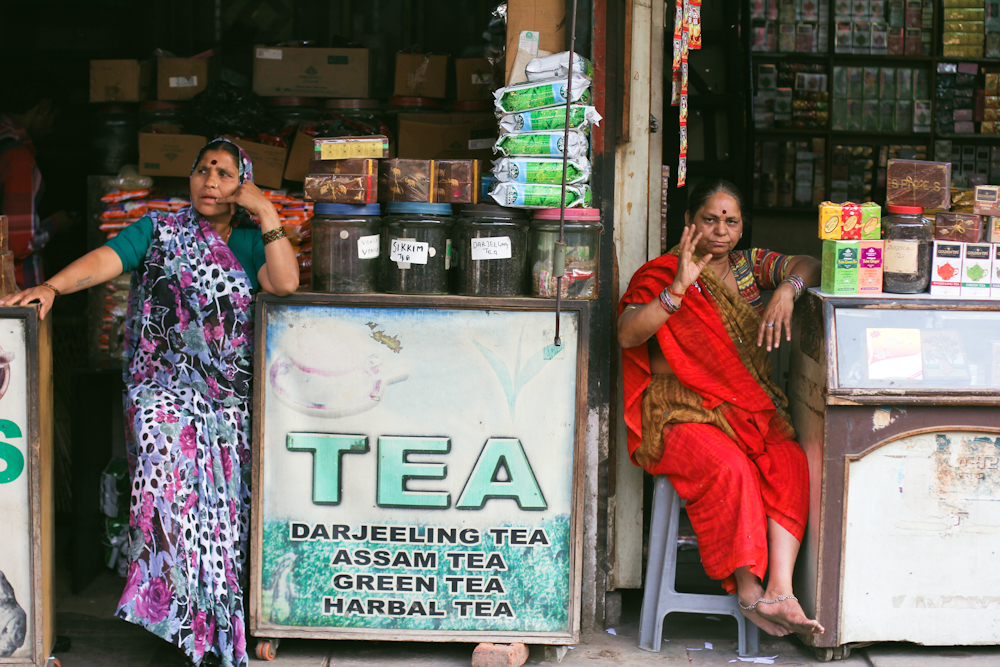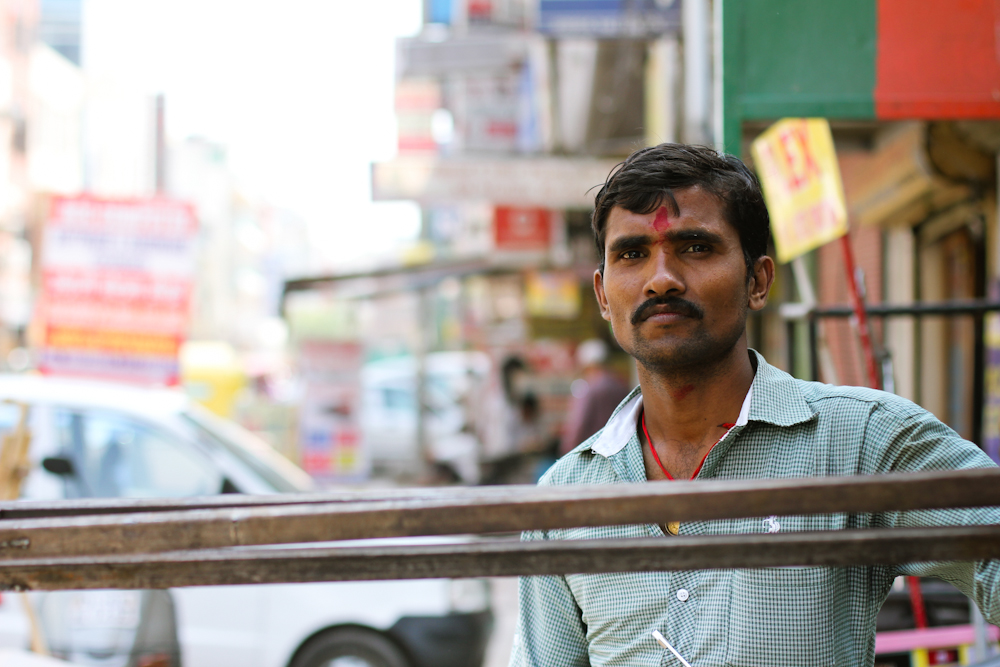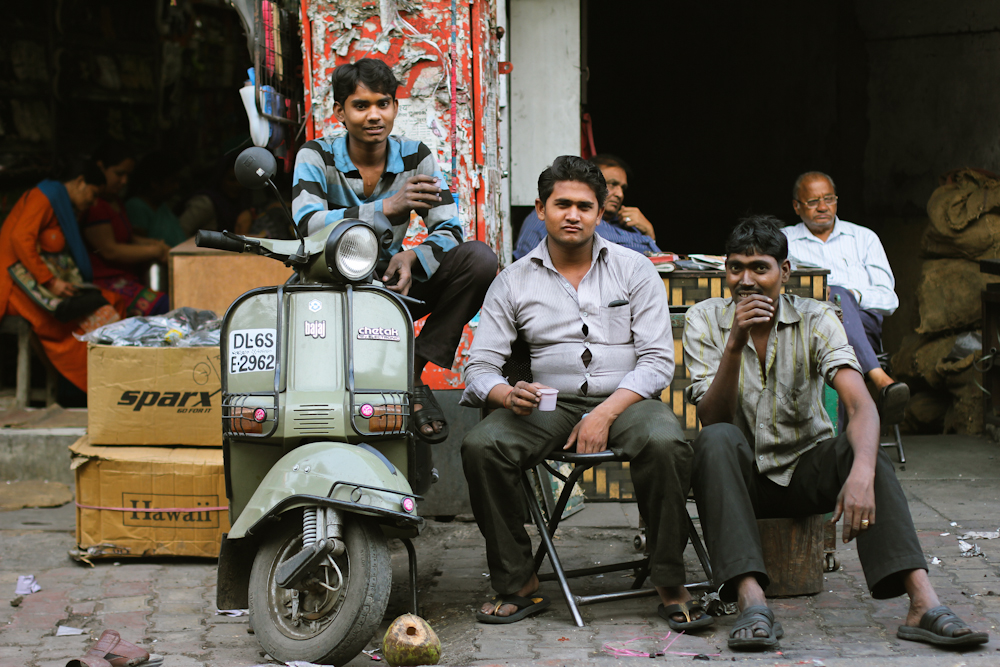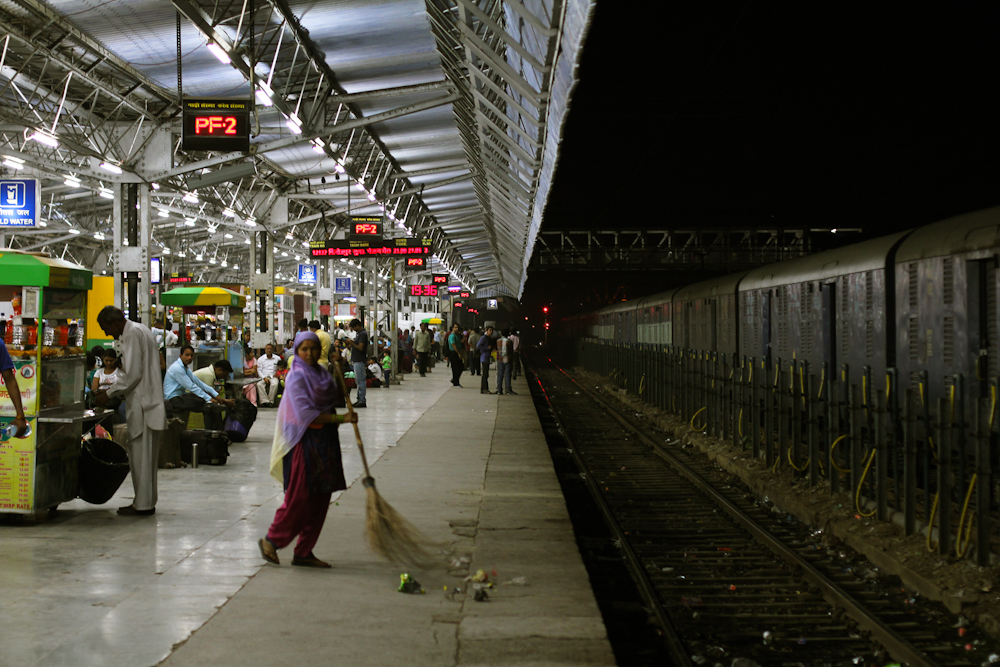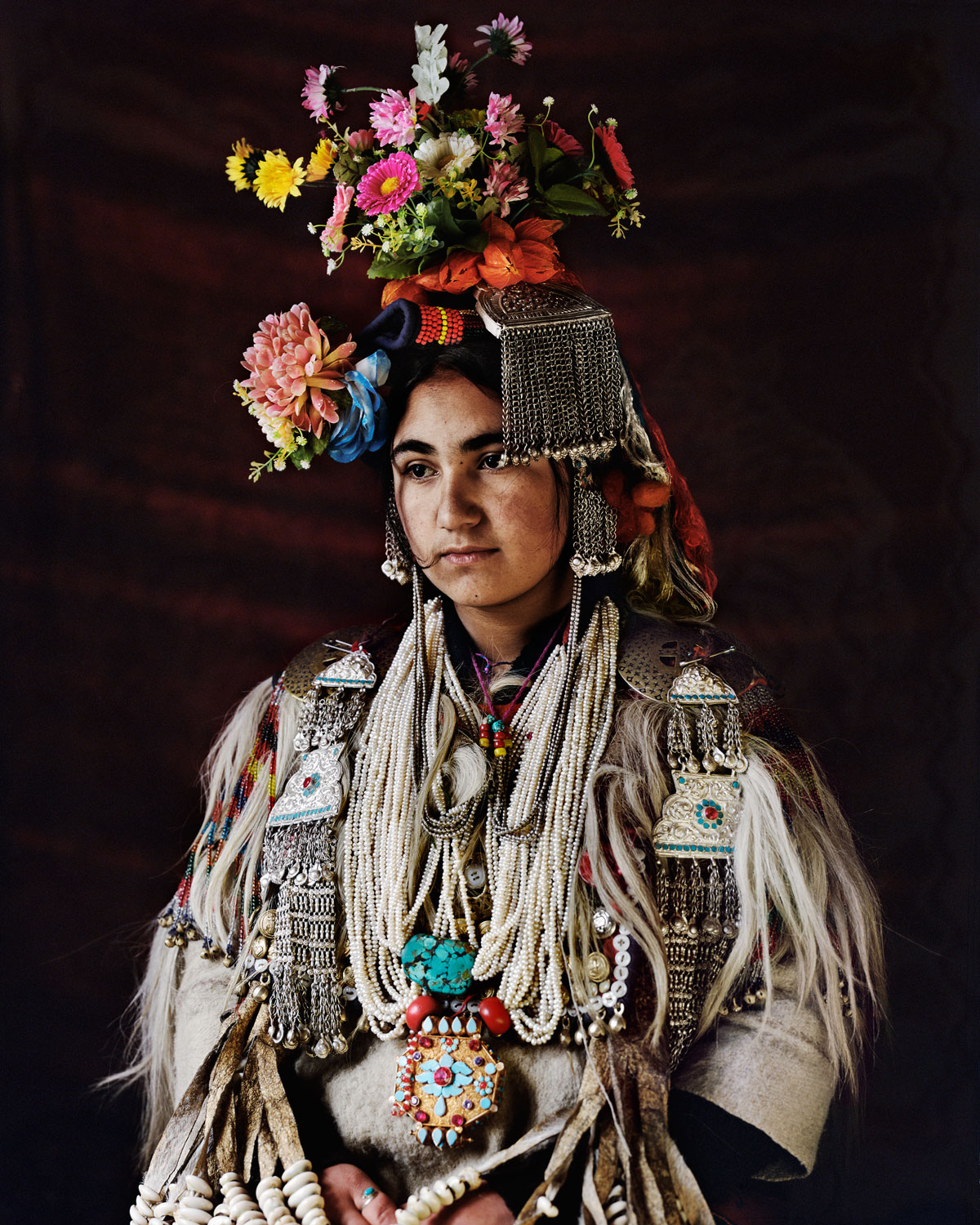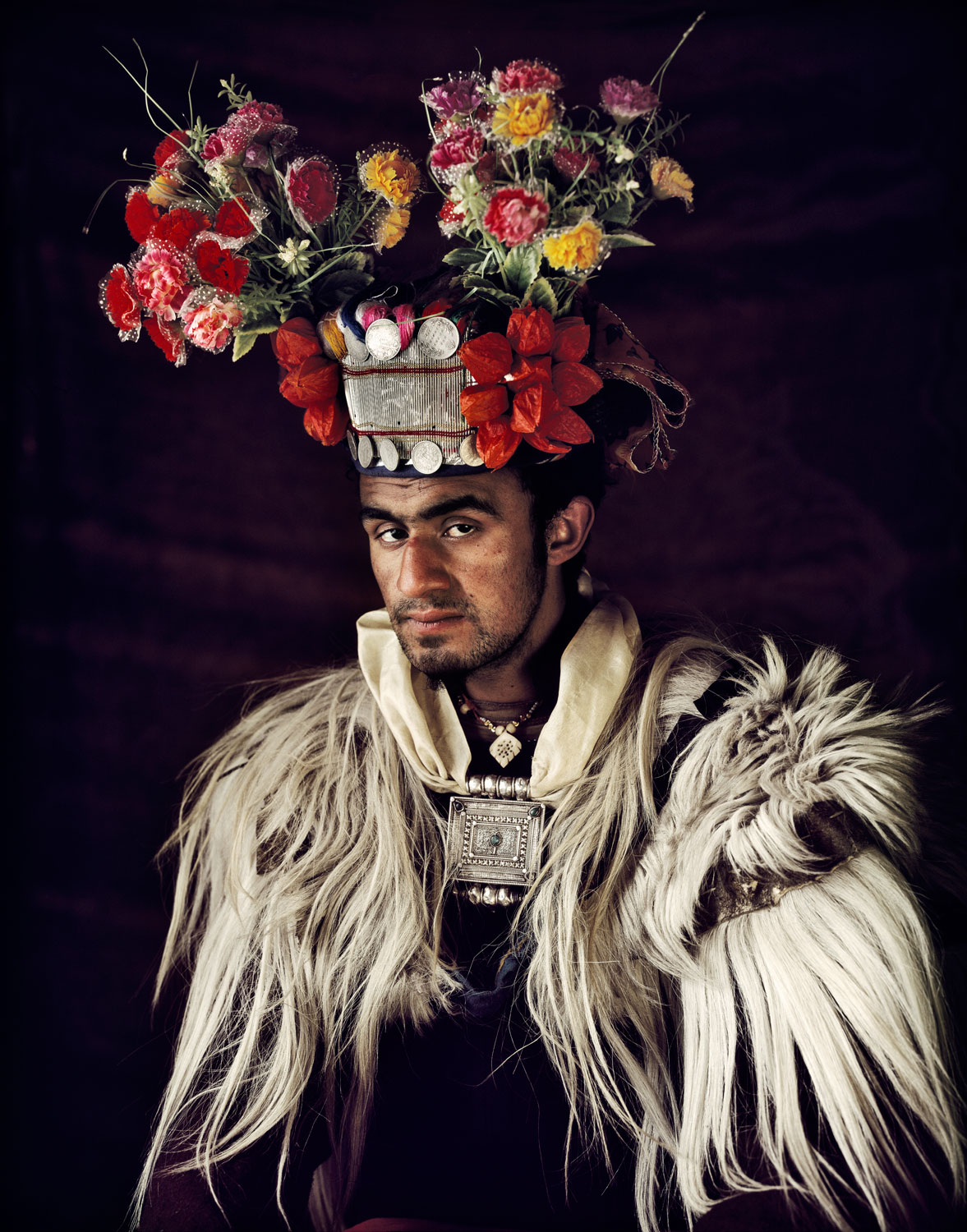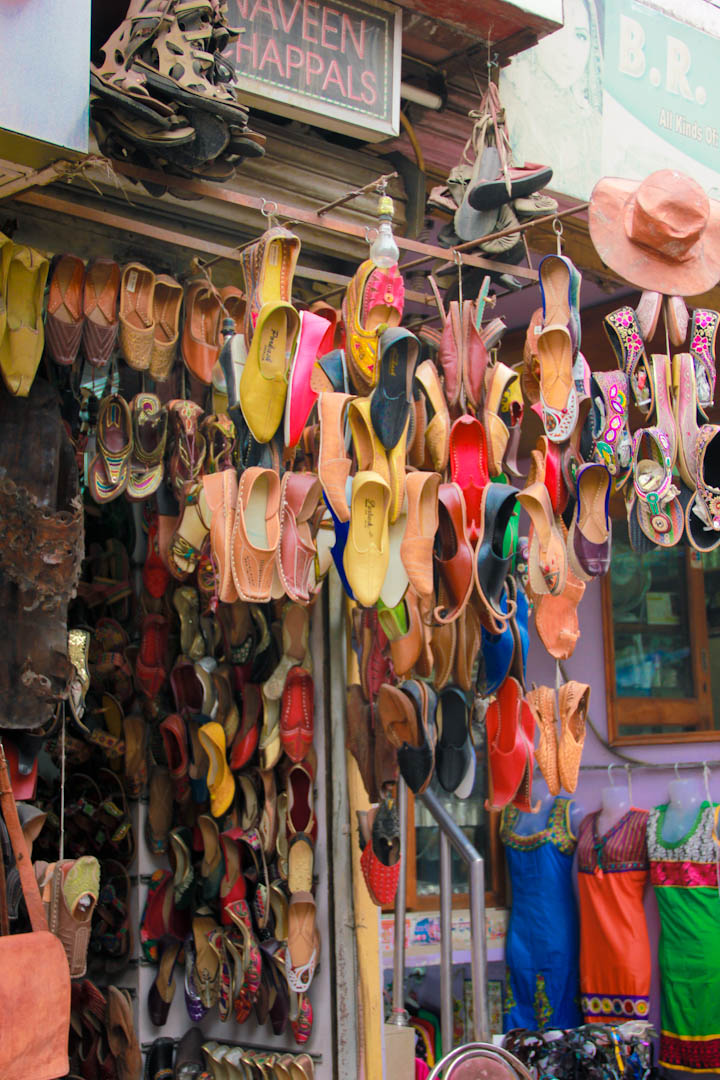






Sometimes it is the least picture perfect moments that end up being the most picturesque. Varanasi is definitely one of those places I can never really begin to unravel. I have pieces of writings in my journal, an attempt to re-write in my iphone notes, a few drafts on the blog, but it’s almost impossible to put into words something that intense and mind-altering. We left the beautiful Tibetan town of Dharamsala filled with artsy cafes, prayer flags, immense mountain beauty and English conversations with backpackers for one of the oldest cities in the world: Varanasi. We found ourselves outside of our comfort zone all over again, and an all too familiar feeling.
Mark Twain once said: “Varanasi” is older than history, older than tradition, older even than legend, and looks twice as old as all of them put together”
The ancient streets were just wide enough for two people to walk by or one cow. We were here during the end of May, and the heat was almost too much to bare. The smell of dung (dog, cow, and people) simmered on concrete as you step over piles of rubble. There is no road signs or road names and I felt as if these alleyways were winding in every direction beneath my feet. You faced all shades of life and death and every facet of holy sadhus. Here you see Hinduism practiced fully all day, it’s a sacred experience and it’s easy to understand how this is the holiest city. As you pass by open windows, many are inside their homes praying to their alters. Crowds push by you as they rush to a ceremony or head to the Ganges. The Ganges display a visual that will have you feeling everything at once. To see people bathing in the same place that ashes of the dead float on is hard to grasp. Varanasi made me realize just how powerful these uncomfortable situations are, and the lessons behind the strangeness of life. It reminded me of how sheltered I am, how little I know, and how there are infinite truths I am still left to question.

